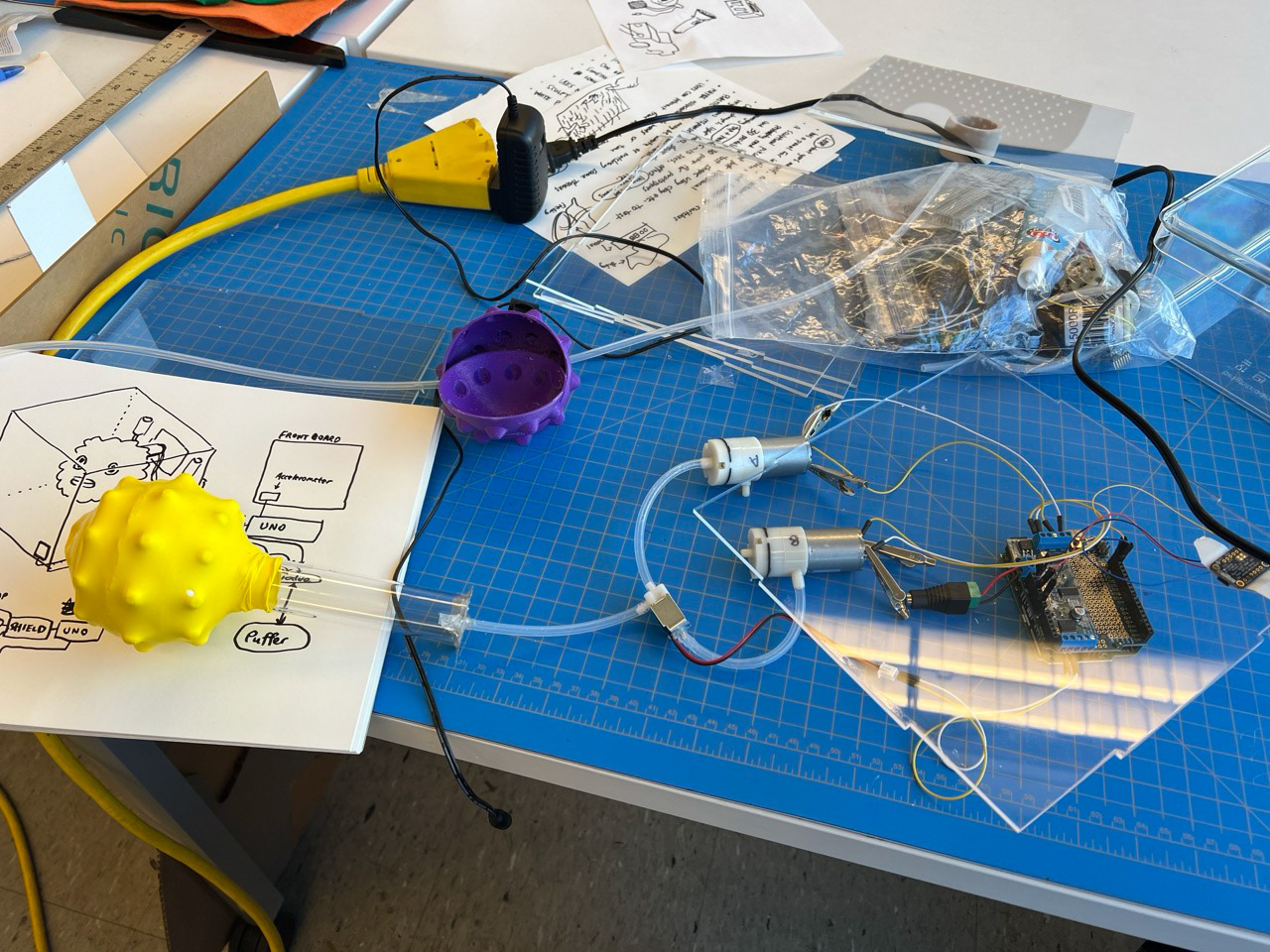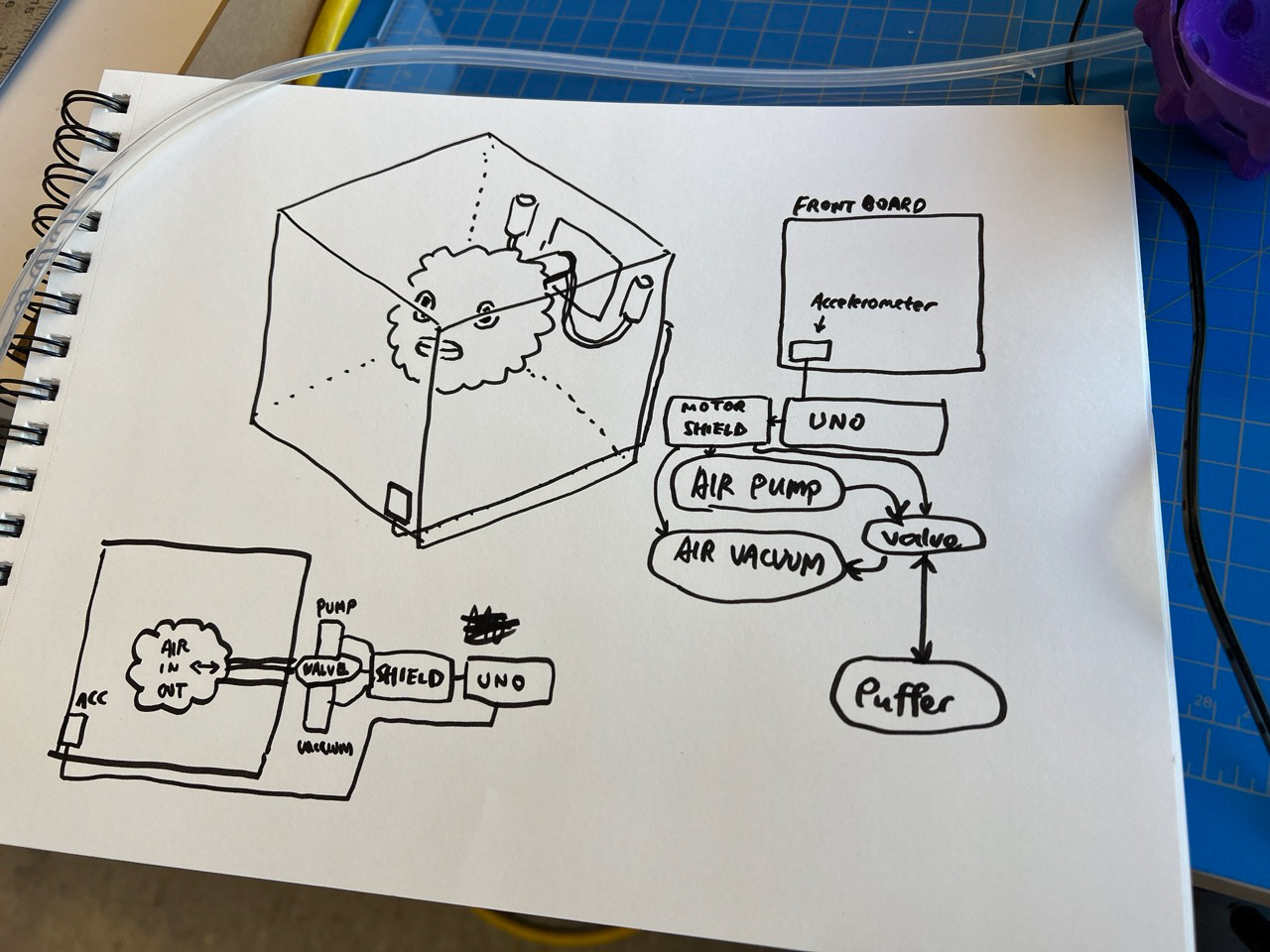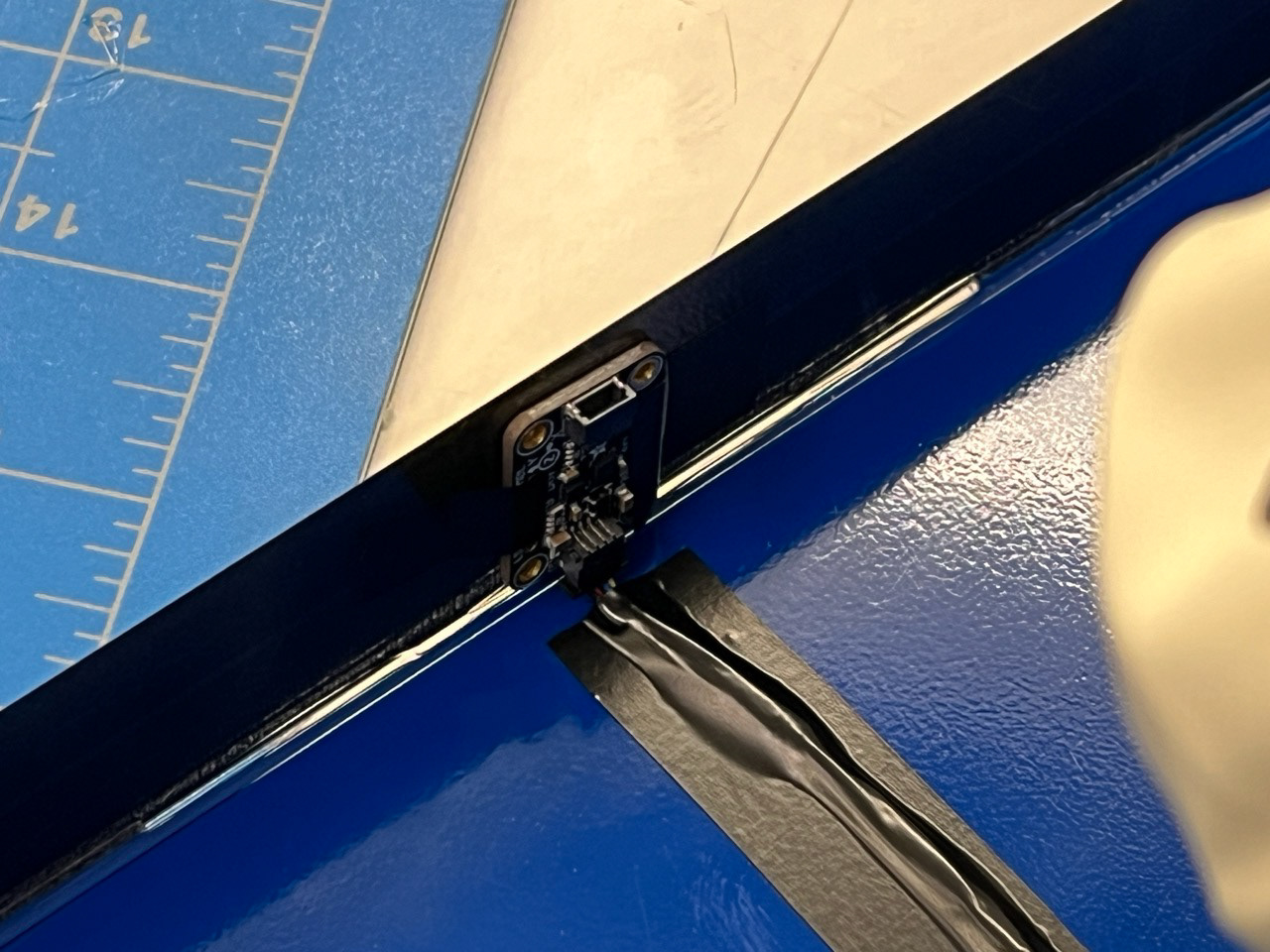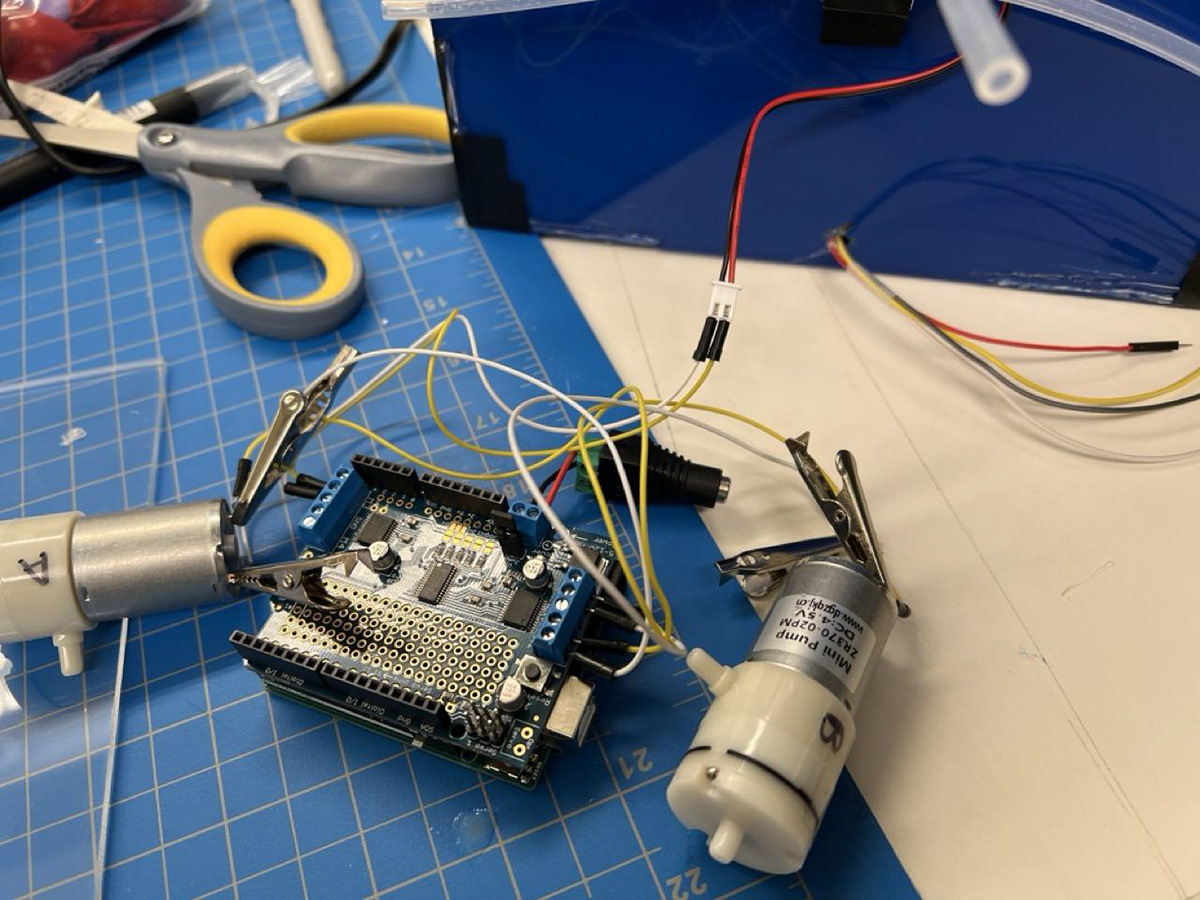There's a cute puffer fish in an aquarium box.
Guess what would happen if you knock the glass?
1. Project Objective
Through this independent course project aiming to create an interactive machine that offers its users surprising or funny responses. Use materials to hide all Arduino electronic components.
2. Key skills
I practiced setting up logical signifier and affordance, creative coding (Arduino C++), 3D modeling + printing, and Acrylic model making.
3. Function demonstration
Inflation and deflation
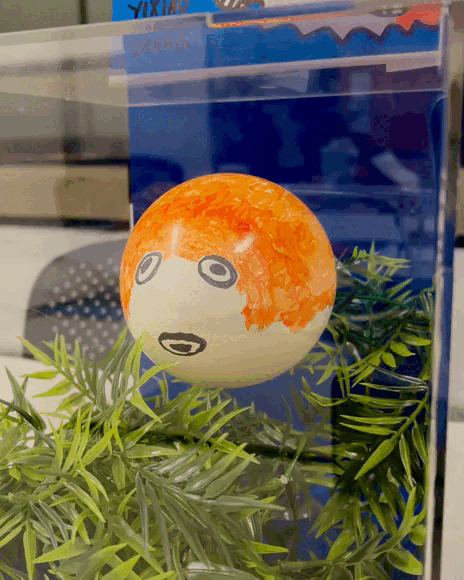

Electronic component diagram
4. Process in detail
4.1 First prototype
I glued 10 flat-head Philips screws to a transparent plastic sphere and covered it with balloon to test the viability of my idea. I inflated this simplified puffer fish with the most primitive way, and it works!
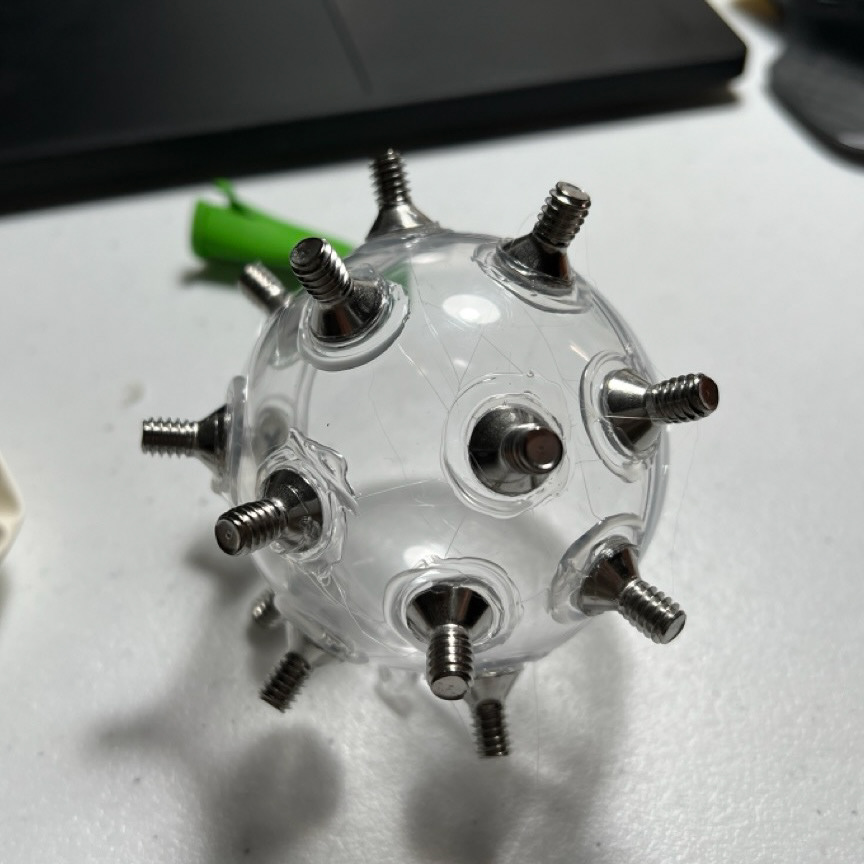

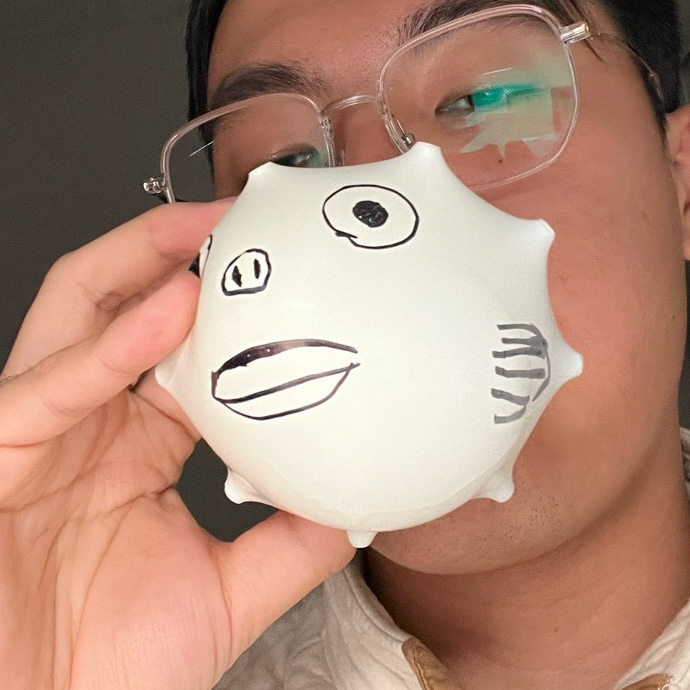
4.2 Making aquarium box
The laser-cut plan was carried out in my notebook, because I need to leave clean edges on the aquarium box. Building parts has three variation: sides, top/bottom, and front/back. I tested the cut on cardboard twice and successfully cut the acrylic board.
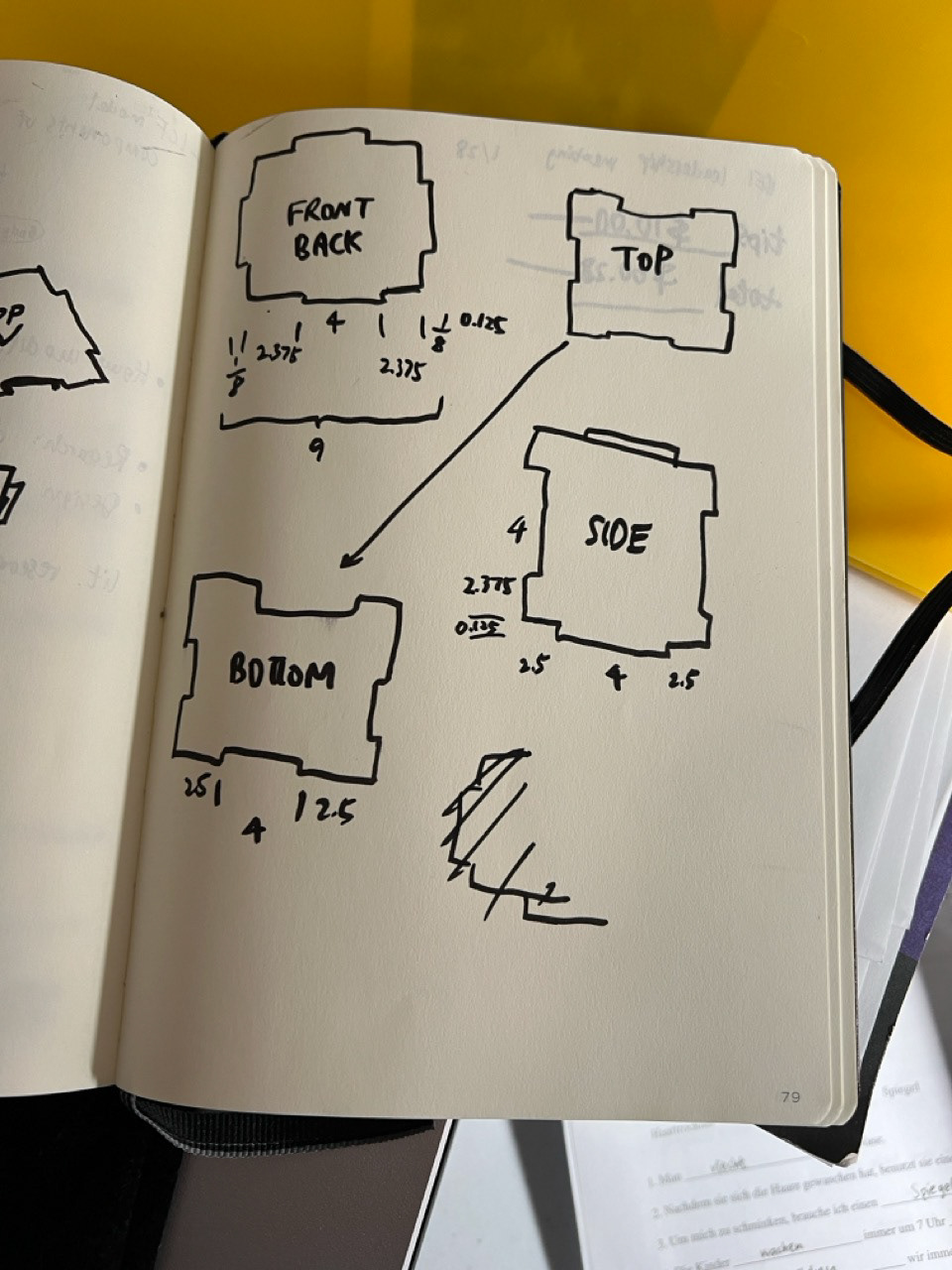
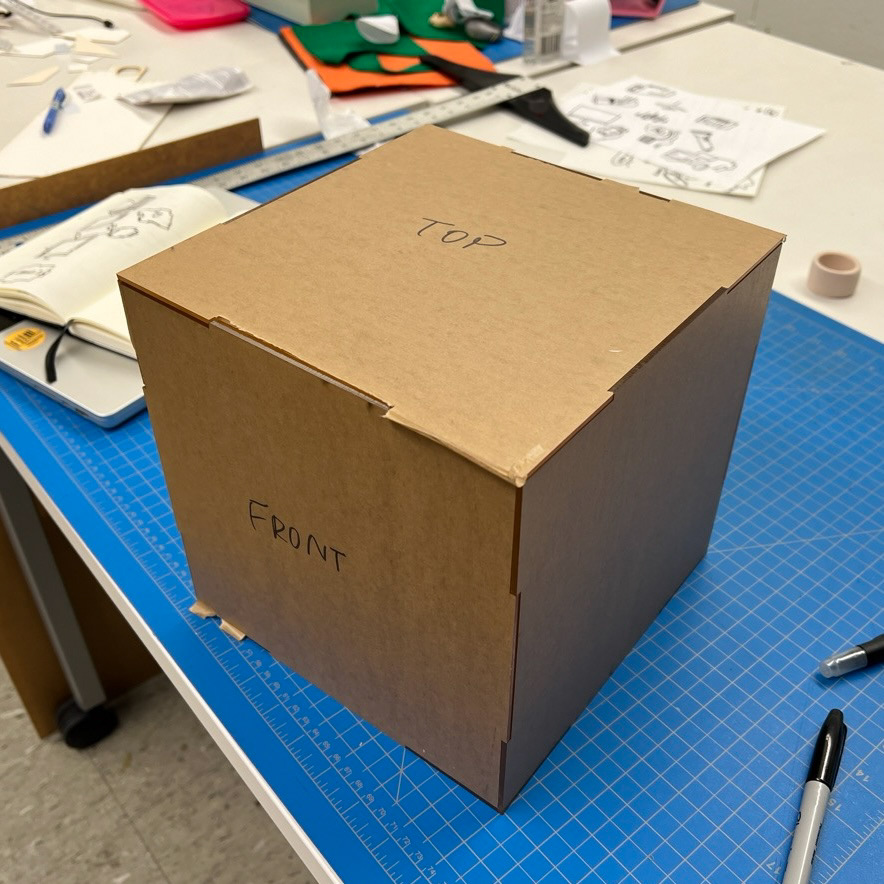
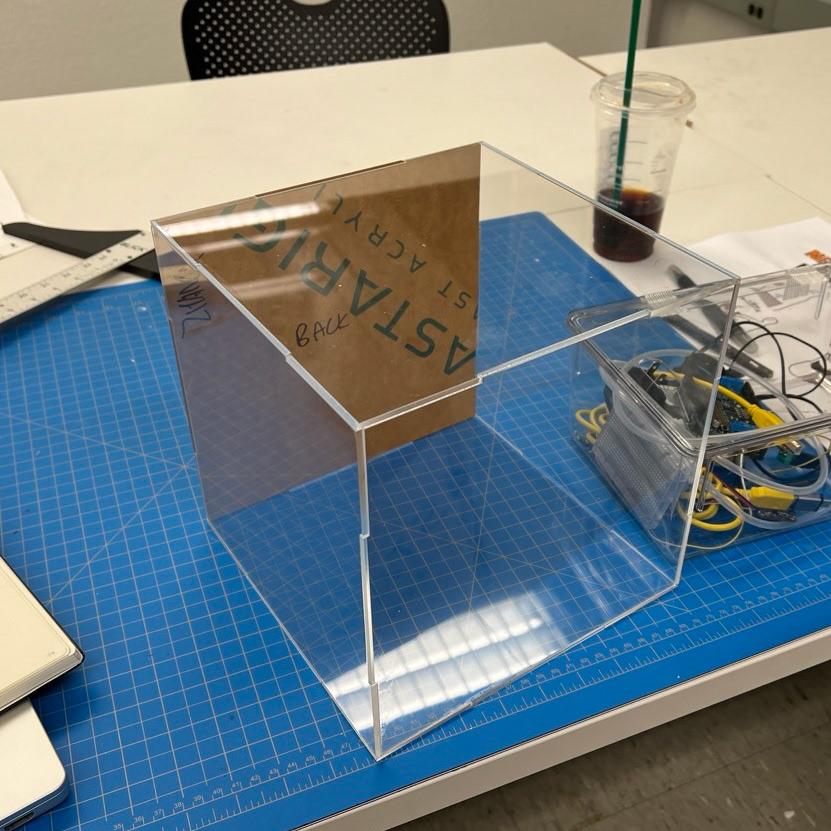
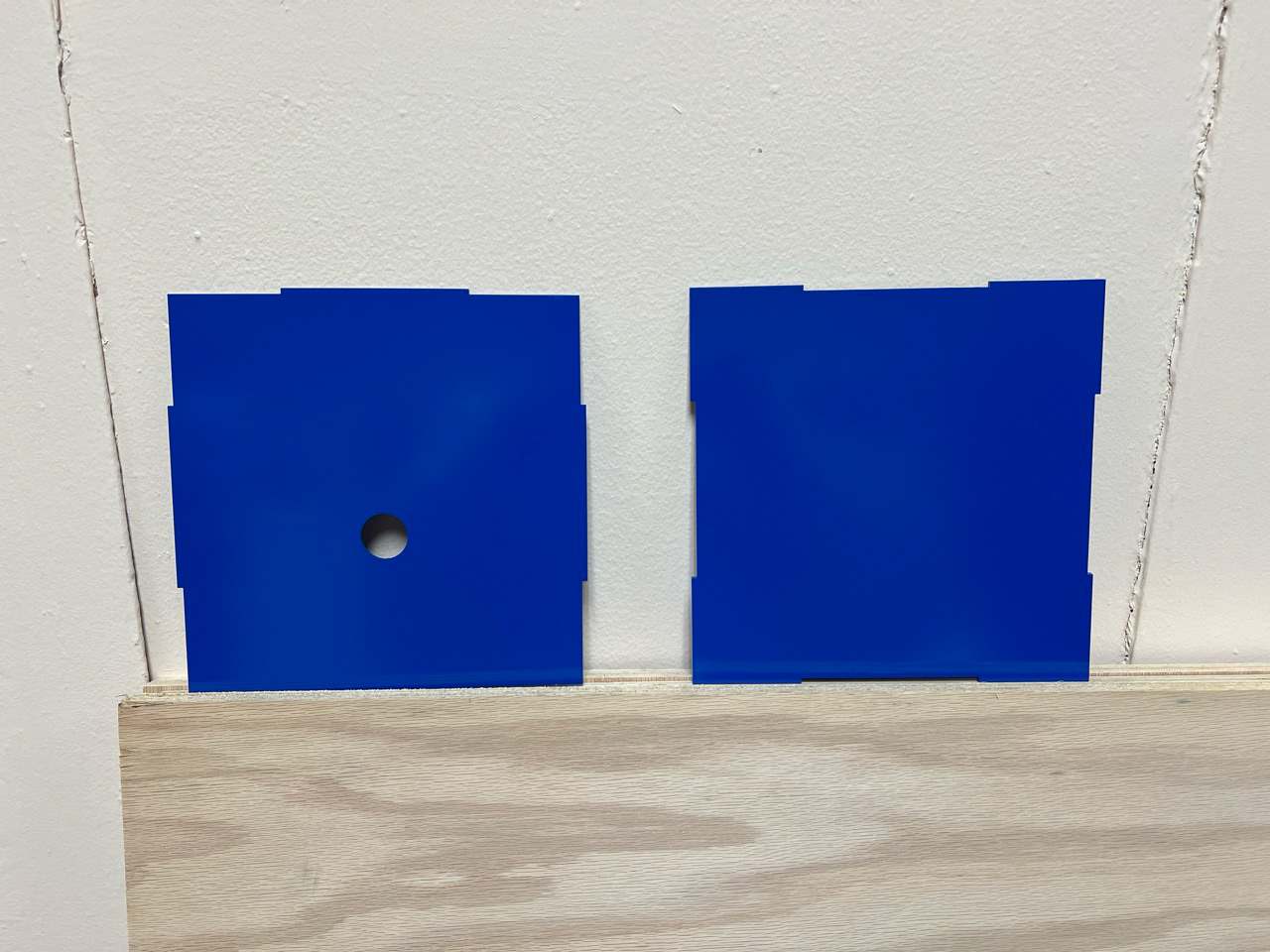
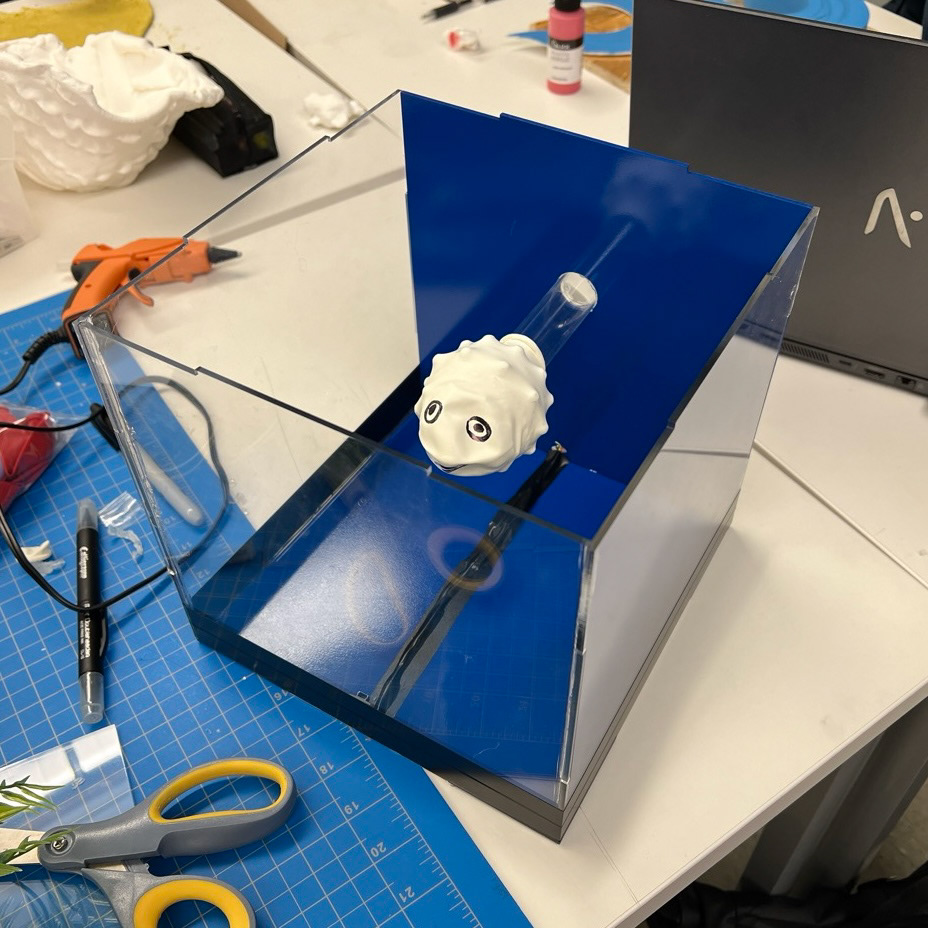
4.3 making the spiky core
The spiky core is placed inside the balloon. When the balloon is deflated, it covers the spiky core tightly and shows the texture on the core. I made two 3.5 inch diameter prints but realized the size exceeds the material fatigue of the balloon easily. The final core was scaled down to 2.5 inch in diameter.
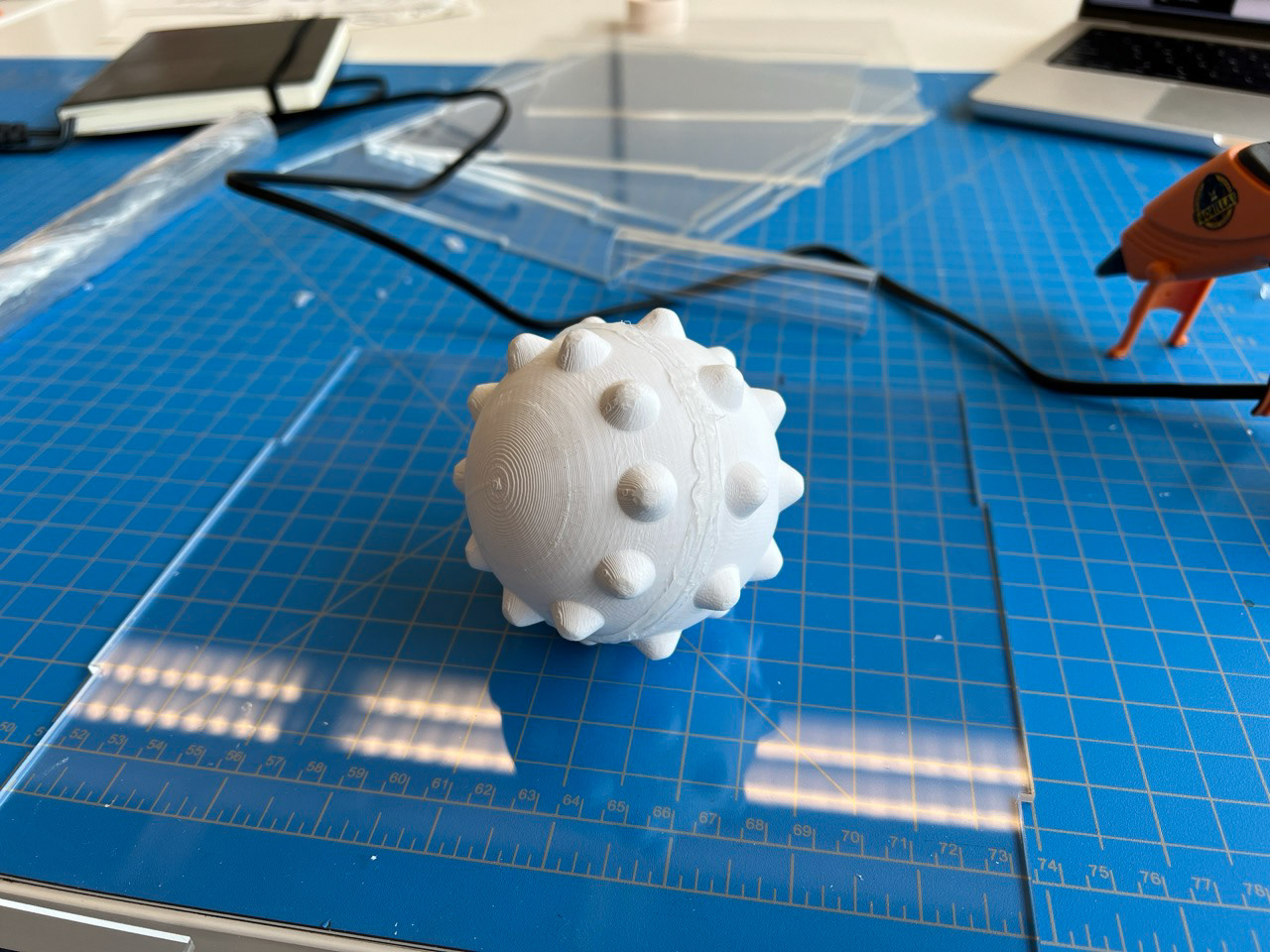
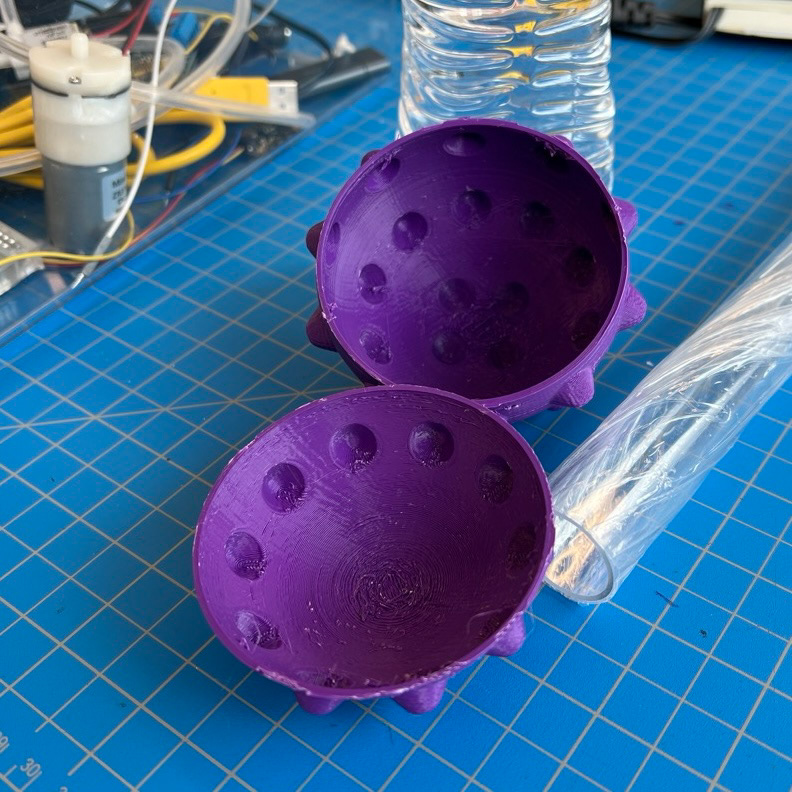
4.4 Coding and hardware
The code has two major sections, driving air pumps and tuning the accelerometer to detect knocks precisely. I achieved the best parameters after tons of testings.
